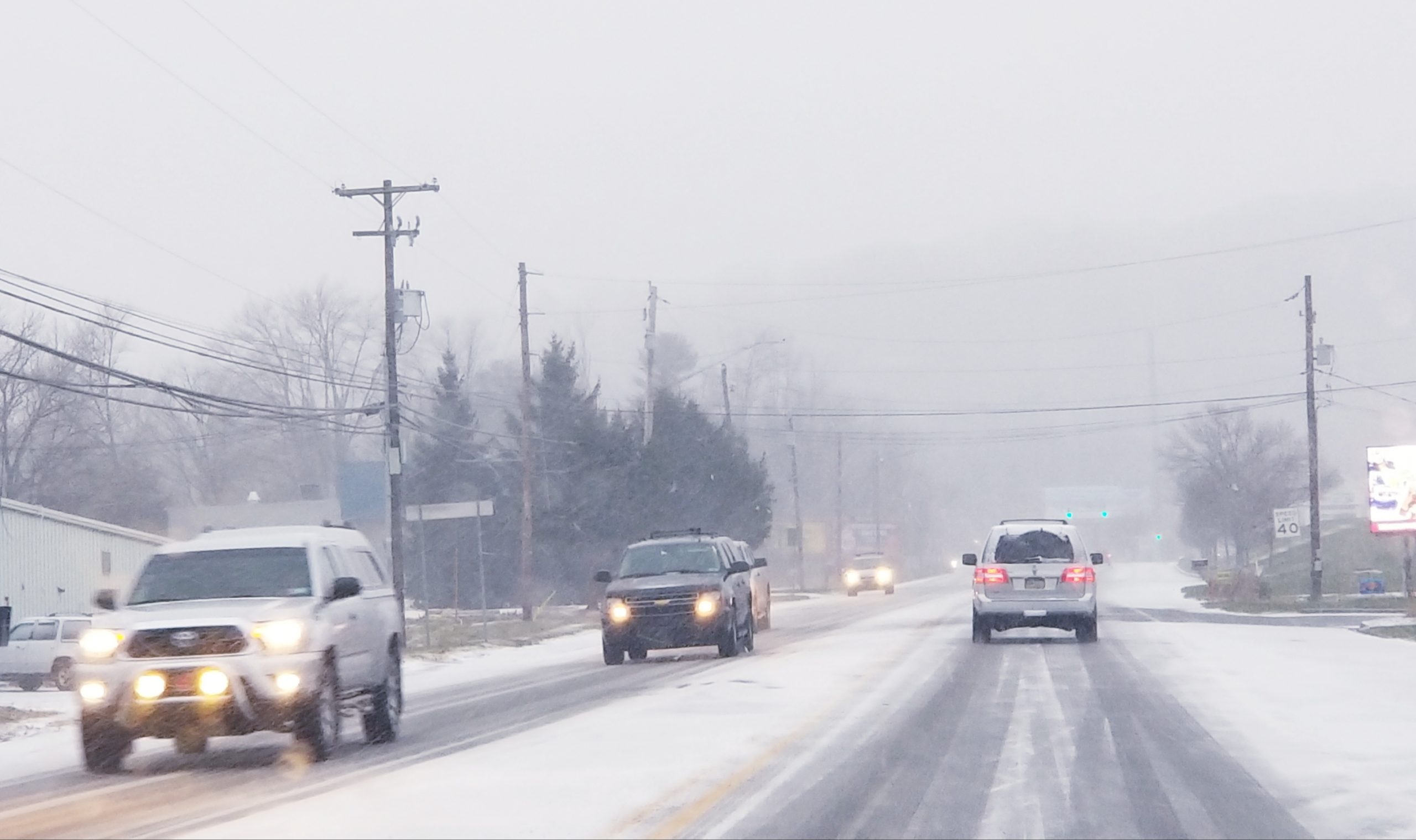Note: This article was originally published on PennsylvaniaWatchdog.org.
Pennsylvania’s school funding formula has flaws, but no part of it is as flimsy as the logic behind its special education funding.
Rather than being based on hard numbers of students who require more intensive—and costly—instruction, the state’s special-ed funding formula is largely based on assumptions that may or may not bear any resemblance to reality.
Since the late 1980s, the majority of Pennsylvania’s special education funding assumes that 16 percent of each district’s students have a learning disability. And so, for more than 30 years, Pennsylvania schools have been funded according to that ratio, regardless of the percentage of a district’s students in special education classes.
According to the state Department of Education, the 16 percent rule was written to create district ownership of special ed funding. At that time, about 14 percent of Pennsylvania students were utilizing special education classes.
“Over time, that number started changing from district to district,” department spokesperson Casey Smith told Watchdog. “Some districts had more, some had less, but every district was getting the 16 percent ratio.”
Special education students require more intensive instruction that typically costs twice as much as students without a learning disability. The more special-ed students a district has, the more expensive it is to run those programs.
While the Erie School District is in the ballpark with 16.86 percent special education students, Philadelphia has 13 percent, York has more than 21 percent and Chester-Upland has almost 20 percent. These are four of the most economically challenged districts in the state and a faulty funding formula is costing some of them millions of dollars.
Lower Merion, one of the wealthiest districts in the state, reports only 12.6 percent special education students. Central Bucks reports 12.02 percent and North Allegheny reports 7.5 percent special education students, but they receive the same level of special-ed funding as districts with more special education students.
In 2013, a bipartisan Special Education Funding Commission set out to correct some of Pennsylvania’s lopsided special-ed spending. The commission recommended that districts be paid for the actual number of special-ed students they had, with the funding weighted according to the severity of a student’s disabilities. Legislation was signed into law the same year.
However, the idea was applied only to new funding, or about $20 million of the state’s $25 billion school budget. Roughly $1 billion of that is spent on special ed.
The reason this new money is being distributed based on actual special-ed populations “is to be more fair and accountable to students across the commonwealth,” Smith said. “It will be determined not so much on a ratio, but on the actual cost of educating these children and what each school needs.”
While efforts have been made to adjust special education funding for traditional district models, Pennsylvania charter schools are still locked into the 16 percent concept.
“You’re billed as if you have 16 percent special education students in your district, whether you do or not,” said Jeffery Ammerman, director of member assistance for the Pennsylvania Association of School Business Officials. “In my estimation, it would make more sense to use the actual population of special education students, as opposed to a somewhat arbitrary number.”
The commission recommended phasing in use of the same special-ed weights that apply to school districts over three years, but the changes to charter school special education tuitions were not adopted.
“There are still flaws with it,” said Tim Eller, the executive director of the Keystone Alliance for Public Charter schools.
Special education funding has been a contentious subject for charter school advocates as Gov. Tom Wolf is proposing charters use the same funding formulas as districts. Eller says that would cost brick-and-mortar charters a little more than $100 million.
“The reason why we take issue with that is because of how charter schools are funded,” Eller said. “Charter schools don’t have the ability to tax or raise additional revenue. So, at a school district level, if a district gets $50 million from the state and they really need an extra $10 million, they have taxing authority to do that. Charter schools don’t. The law bars them from collecting local taxes. So charter schools are very limited in areas they can collect revenue from.
“What the governor’s proposal does is it artificially lowers the amount that charters get for educating a special-ed student,” Eller said. “It doesn’t allow charter schools to make up that funding in other ways.”






